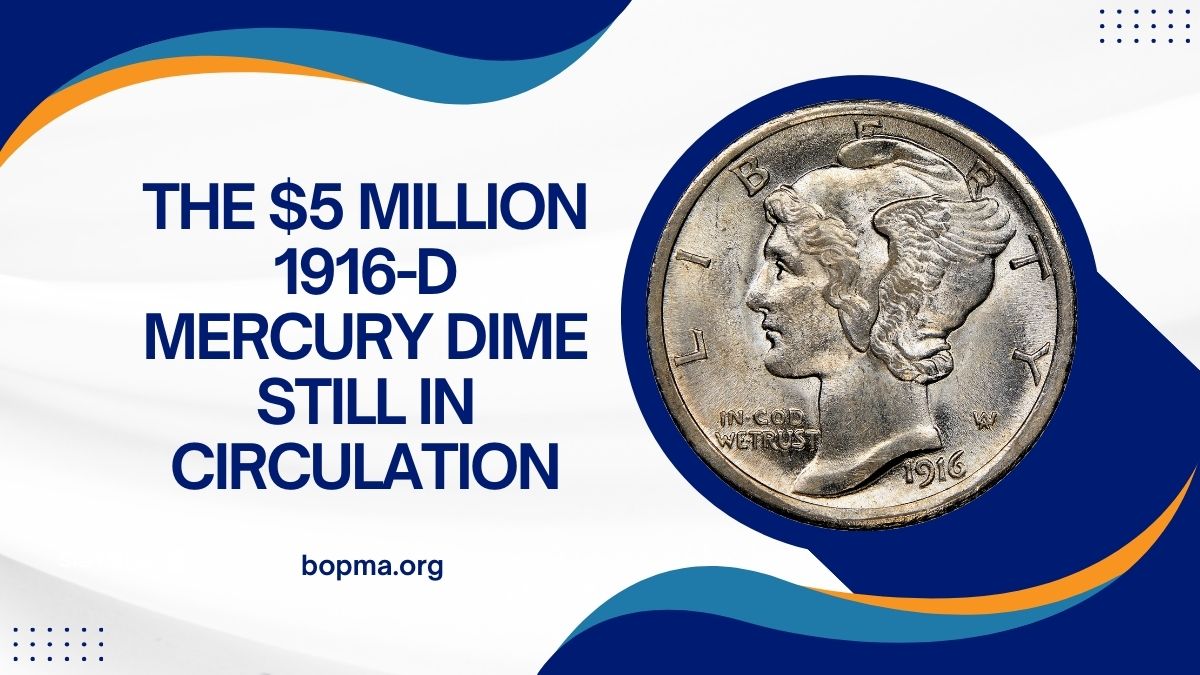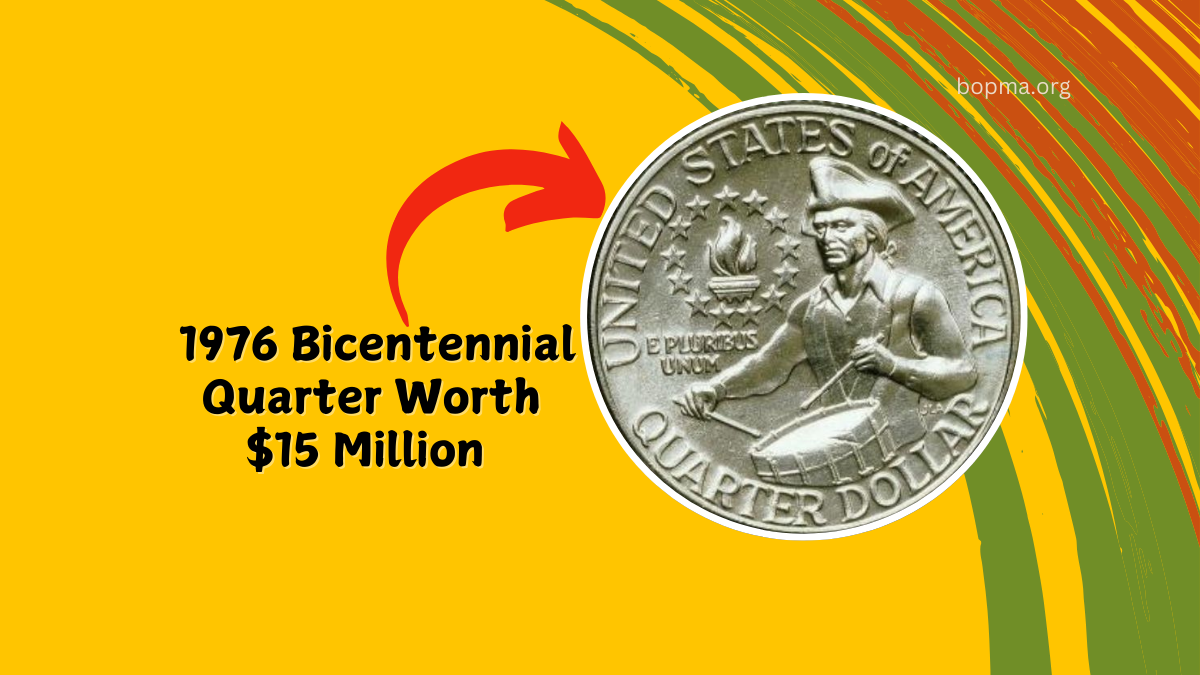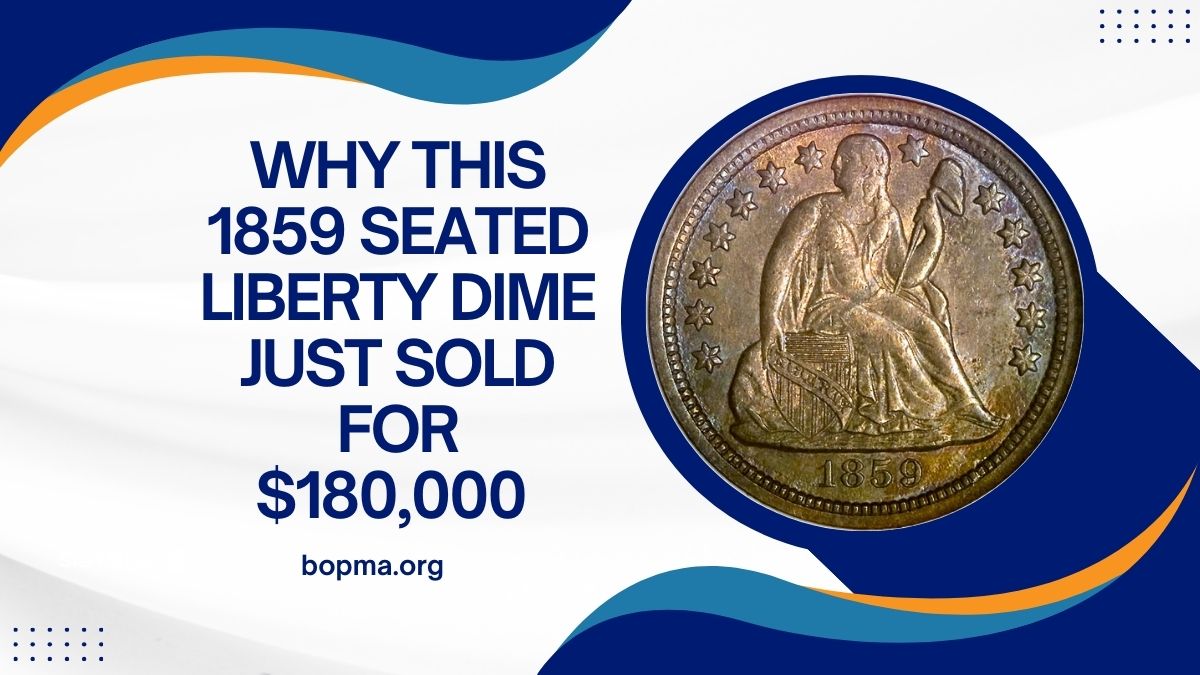The 1916-D Mercury Dime stands as a testament to the allure of numismatics, captivating collectors and enthusiasts alike.
Its rarity and historical significance have transformed this small coin into a life-changing treasure for those fortunate enough to discover it.
A Brief History of the Mercury Dime
Introduced in 1916, the Mercury Dime, officially known as the Winged Liberty Head dime, was designed by sculptor Adolph A. Weinman.
The obverse features Lady Liberty donning a winged cap, symbolizing freedom of thought, while the reverse showcases a fasces intertwined with an olive branch, representing strength and peace. This design remained in circulation until 1945.
The Rarity of the 1916-D Issue
Among the Mercury Dimes, the 1916-D issue is particularly scarce. Minted at the Denver Mint, only 264,000 pieces were produced, the lowest mintage of the series.
In contrast, the Philadelphia Mint struck over 22 million dimes that same year. This limited production has made the 1916-D Mercury Dime a coveted piece among collectors.
Current Market Value
The value of a 1916-D Mercury Dime varies significantly based on its condition and grade. Coins in lower grades, such as Good-4, can fetch prices starting from $1,000. However, specimens in Mint State (MS) conditions command substantially higher prices.
For instance, an MS67 Full Bands (FB) example, indicating a coin with fully defined bands on the fasces, can reach values upwards of $200,000. The most pristine examples have been known to sell for even more at auction.
Notable Auctions and Sales
Over the years, the 1916-D Mercury Dime has achieved remarkable prices at auctions. In August 2010, an MS67 FB specimen sold for $207,000.
By 2025, the value of such a coin is estimated to be around $235,000. These figures underscore the coin’s significant appreciation over time.
Still in Circulation?
While the 1916-D Mercury Dime was minted over a century ago, there remains a slim possibility of finding one in circulation today.
Instances of rare coins appearing in everyday transactions are rare but not impossible. Diligent collectors and lucky individuals have occasionally discovered valuable coins in pocket change or inherited collections.
Changing Lives
The discovery of a 1916-D Mercury Dime can indeed be life-changing. For some, it has provided a substantial financial windfall, enabling significant personal or familial advancements.
Beyond monetary value, owning such a rare piece of history offers immense personal satisfaction and a tangible connection to the past.
Grading and Authentication
Given the high value of the 1916-D Mercury Dime, proper grading and authentication are crucial. Professional grading services assess coins based on their condition, strike quality, and luster, assigning a grade that directly influences market value.
The Full Bands designation, indicating fully separated and distinct bands on the fasces, further enhances a coin’s desirability and worth.
1916-D Mercury Dime Values
| Grade | Approximate Value (USD) |
|---|---|
| Good-4 | $1,000 |
| Very Good-8 | $2,000 |
| Fine-12 | $3,000 |
| Very Fine-20 | $4,500 |
| Extremely Fine-40 | $6,000 |
| About Uncirculated-50 | $9,000 |
| Mint State-60 | $13,000 |
| Mint State-63 | $16,000 |
| Mint State-65 | $30,000 |
| Mint State-66 | $55,000 |
| Mint State-67 FB | $235,000 |
The 1916-D Mercury Dime exemplifies how a small piece of currency can hold immense historical significance and monetary value. Its rarity continues to captivate collectors, and the possibility of unearthing one keeps the thrill of the hunt alive.
Whether you’re a seasoned numismatist or a casual enthusiast, the story of the 1916-D Mercury Dime serves as a reminder of the hidden treasures that may lie unnoticed in our midst.
FAQs
Why is the 1916-D Mercury Dime so valuable?
Its value stems from its low mintage of only 264,000 coins, making it the rarest in the Mercury Dime series.
What does the “D” mint mark signify?
The “D” indicates that the coin was minted at the Denver Mint.
What is the significance of the Full Bands (FB) designation?
Full Bands refer to the distinct and fully separated bands on the fasces on the coin’s reverse, indicating a strong strike and higher quality, thus increasing its value.




